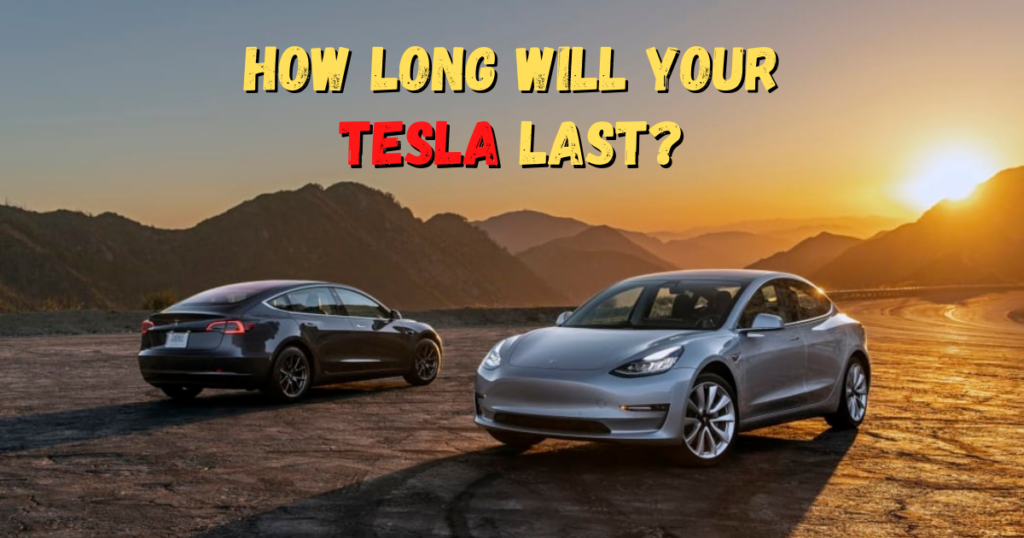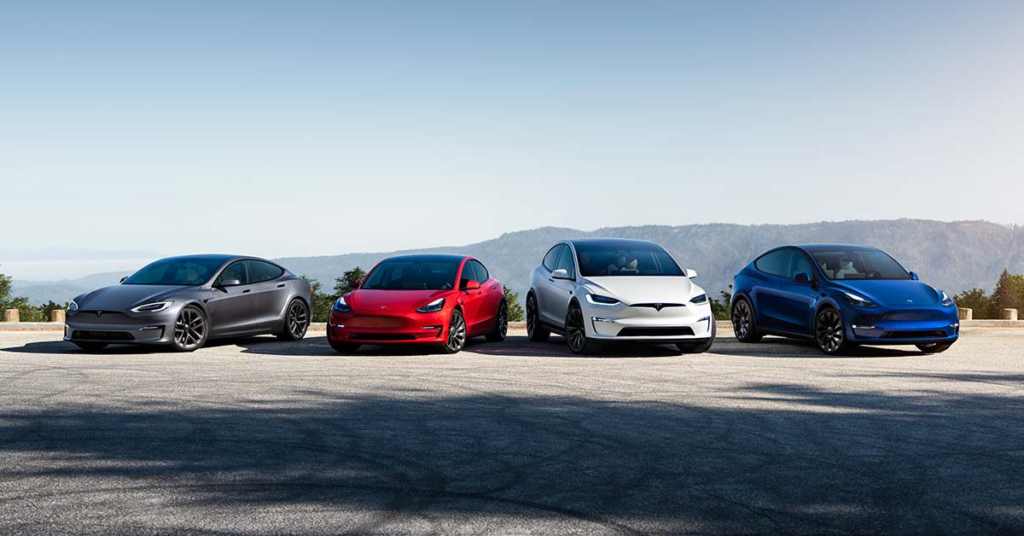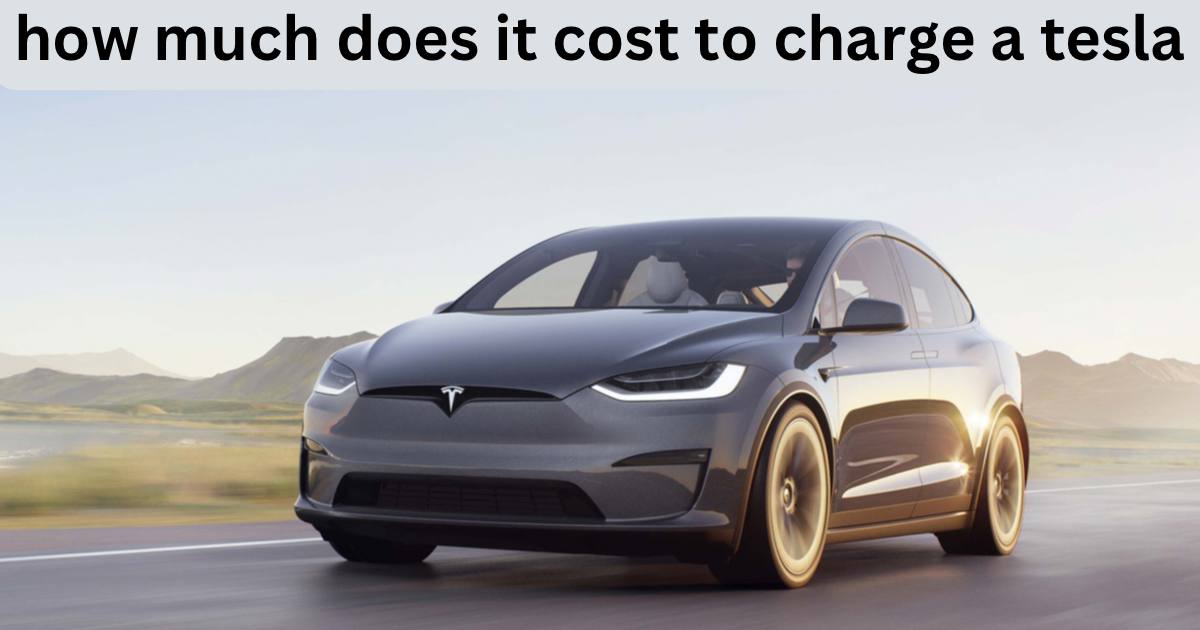
The range of an electric car’s battery is a more common concern than the amount of gas it can save. Tesla, with its innovative and extravagant take on the electric vehicle, is at the forefront of the industry. Tesla claims their batteries can travel between 303 to 405 miles on a full charge and can last between 300,000 and 500,000 miles (around 30 years). Most likely the strongest battery pack available for a modern electric car.
Tesla Battery’s Expected Life And Warranty Coverage
Elon Musk stated on Twitter that a Tesla car’s battery should be good for 300,000–500,000 miles or 1,500 battery charge cycles. However, it is an unofficial warranty. Tesla cars are expected to last at least eight years or 100,000 miles.
Based on annual mileage estimates provided by the Department of Transportation (DOT), the average car owner can expect to spend between 22 and 37 years behind the wheel.
According to CleanTechnica, one Tesla Model S owner has racked up more than a million miles behind the wheel. Even though the Tesla battery has held up, the owner has replaced the Tesla motor several times.
There have been Model S cars that have gone over 400,000 miles. This takes a lot of regular maintenance and good driving skills.
Check out our guide to Tesla range by model if you want to know how far they can go in their lifetime.
#1 Model X and Model S
When you look at the Tesla Model X and Model S, you’ll notice that their designs and batteries are very similar. The Model S should be able to go 400,000 miles over the course of its life. This means that the car shouldn’t have any problems for at least 300,000 miles.
The warranty that comes with the Model S is good for 150,000 miles. The average industry mileage is about 13,000 miles per year, so the Tesla Model S can be driven for about 22 years.
#2 Tesla Model 3
The Tesla Model 3 is an improvement on both the Model S and the Model X. Tesla says that the Model 3 can take up to 1500 charges, which means it can last longer than the Model S and Model X with only a 20% loss in battery life after 25 years of driving.
#3 Tesla Model Y
The Model Y is Tesla’s newest car, which came out in 2020. It looks a lot like the Model 3, but it has a different name. The Model Y’s battery can last for up to 300,000 miles with minimum loss of power.
Range of Tesla Models After a Single Charge
Any Tesla vehicle can travel at least 267 miles on a single charge, as was previously mentioned. How far you can travel is proportional to the battery capacity and how you drive. At this time, Tesla’s longest available range is about 375 miles.
Like a gas car, Tesla’s mileage can be increased or decreased depending on the driver’s style and road conditions. As the number of public Superchargers continues to grow, any Tesla you choose will have more than enough range for your daily commute and weekend road trips.
The following chart compares the range and charging time of Tesla’s Model 3, Model S, and SUV models, Model X and Model Y:
| Tesla Models | Charging Time (Using Supercharger) | Range |
| Model 3 Standard Range | 20 min | 267 miles |
| Model 3 Long Range | 30 min | 334 miles |
| Model 3 Performance | 30 min | 315 miles |
| Model S | 40 min | 375 miles |
| Model S Plaid | 40 min | 348 miles |
| Model X | 40 min | 332 miles |
| Model X Plaid | 40 min | 313 miles |
| Model Y Long Range | 30 min | 318 miles |
| Model Y Performance | 30 min | 303 miles |
What Determines the Range?
The range of your Tesla is primarily determined by three things: the model you have, the size of your battery, and how you drive.
1. Model of Your Tesla
The range of an electric vehicle is largely determined by the size of its battery, as the larger the battery, the farther it can travel (but the higher the price).

The Tesla Model 3 is a fantastic choice if you’re looking for a vehicle for your daily commute or errands. The Tesla is competitive in terms of price and efficiency, but it is also more stylish and has a longer range.
When it comes to acceleration, the Model S and other Long Range Models are unrivaled. If you want an electric car that can outperform its gas-powered competitors, a Long Range Model is a good option.
The Plaid Model is like the Long Range, except that it has better traction control, a carbon fiber spoiler, and an upgraded interior design. The Performance Model can speed up even faster, going from 0-60 mph in 1.99 seconds.
2. Size of the Battery
There is a direct correlation between battery size and driving range. The Model S Long Range has a larger battery and can travel up to 375 miles on a single charge, while the Model 3’s battery is the smallest and can only get you 267 miles. The Model 3 Standard Range has the smallest battery and therefore is the least expensive option.
Most electric vehicle batteries fall into one of two categories: either they have a high battery capacity and can hold a charge for a long time, or they can be charged quickly. The good news is that both are possible with a Tesla vehicle.
3. Your Driving Style
Keep in mind that, just like with regular gas-powered vehicles, your electric car’s battery won’t last as long if you regularly drive at high speeds.
Further, your battery will work harder in less-than-ideal conditions, such as snowy or rainy weather.
Reducing the likelihood of range problems requires only that you drive safely, maintain proper tire inflation, brake gradually, and eliminate unnecessary cargo from the car. And just like any other vehicle, the longevity of your Tesla and its battery depends on how well you take care of it.
Tesla vs. Gasoline-Powered Cars
The average lifespan of an internal combustion engine is around 200,000 miles (10 years), while the latest Tesla models can travel well over 300,000 miles on a single charge.
However, if proper maintenance is performed and all guidelines are adhered to, the lifespan of any vehicle can be extended to some degree. Considering that the vast majority of people still rely on conventional gas-powered vehicles as their primary mode of transmission, we can safely say that neither powertrain has any durability issues.
As was previously mentioned, gas-powered vehicles have more moving parts in the engine and consequently require more frequent maintenance. In conclusion, with regular maintenance, both gas-powered and Tesla’s electric vehicles have a long lifespan.
While the average gas-powered vehicle can travel 11,500 miles per year, an electric vehicle can travel between 7,000 and 13,500. It’s a common misconception that Teslas require a “break-in” period before they reach full performance potential.
Tesla vs. Other Electric Vehicles
Tesla is the latest brand in the auto industry, but its competitors haven’t been able to keep up, despite having decent sales of electric vehicles of their own. Insane range and battery degradation cycles offered by Tesla’s EVs are to blame.

Tesla battery degradation
Like other electric vehicle batteries, Tesla EVs use lithium-ion batteries. Tesla’s battery technology is the same as that of other large and small rechargeable batteries: as time goes on, it loses some of its ability to hold a charge.
Your Tesla battery’s deterioration isn’t a sign of a defective product. After extensive use, the capacity of any battery, be it that of an electric vehicle, a home energy source, or a simple AA battery, decreases. Because of this, Tesla provides a warranty that ensures the battery will retain a specific percentage of its original capacity for a specified time.
How to Make Your Tesla Last Longer
The following are some suggestions for effective battery management compiled from the experiences of Tesla drivers and customer service representatives. To slow the deterioration of your Tesla battery and lengthen its useful life, try these:
- Use a low-voltage charger, such as the Tesla Wall Connector, for regular charging.
- Keep your Tesla battery from getting too full or too empty.
- Superchargers (DC charging) are for use only when necessary. Overuse of the fastest Superchargers can shorten the life of your battery because of the heat they generate.
- Put that regenerative braking to use every chance you get.
- Removing roof racks and bike racks when they are not in use can improve aerodynamics.
- Reduce wear on the tires and extend the range by accelerating slowly.
Tesla Insurance Cost
Annual Tesla insurance costs are typically over $4,500. This is due to a number of factors, the primary one being that they are more expensive to repair than comparable luxury vehicles. Insurance rates for Teslas vary widely from one policyholder to the next and from one insurance provider to another.
Tesla battery replacement cost
Tesla will fix or replace your battery for free while it’s still under warranty. However, after the warranty has expired, you will be responsible for replacing the battery, which is one of the most pricey components of a Tesla, at your own expense.
Remember that the Tesla battery pack consists of multiple modules and that Musk claims it would cost between $5,000 and $7,000 to replace a module. Electrek analyzed actual Tesla battery replacement quotes and found that some Tesla owners have been quoted as much as $30,000 for a new battery pack.
Conclusion
Despite their sometimes heftier price tags, Tesla vehicles have been shown to save their owners thousands of dollars in fuel costs over the course of their ownership. The initial investment in a home charging station will more than pay for itself over time.
In most cases, newer models have a longer period of time during which their batteries are covered financially by the manufacturer than older models do. One of the longest-lasting electric vehicles available, a Tesla can travel an average of 267 miles on a single charge.
FAQs
Can a Tesla last 20 years?
On the assumption that the average American drives 13,000-14,000 miles per year, the battery life of a Tesla vehicle is estimated to be between 300,000 and 500,000 miles, or between 21 and 36 years. Bear in mind that the figure may shift depending on factors such as the distance traveled.
What is the average lifespan of a Tesla battery?
Tesla’s battery life is guaranteed officially for 150,000 miles and unofficially for 300,000-500,000 miles. Previously, Tesla CEO Elon Musk stated, unofficially, on Twitter that a Model 3 battery should last between 300,000 and 500,000 miles.
How long can a Tesla last on a full charge?
The battery in any Tesla vehicle can travel at least 267 miles on a single charge, and the battery pack can last for as long as 35 years. Determine which Tesla model is best for you in terms of desired driving range per charge, expected battery life, and expected battery replacement cost.
Is Tesla considered high-end?
In the United States, Tesla is now the most popular high-end brand. However, many readers want to know if this is a true luxury. Yes, It is. Just look at how much they cost. It’s just a different kind of luxury.
What is Tesla’s maintenance cost?
RepairPal says that the average cost of maintenance for a Tesla is $832 per year. All car models sold in the United States cost an average of $652 per year. Depending on what services your Tesla needs, you may spend a lot more on annual maintenance than the average car owner.




